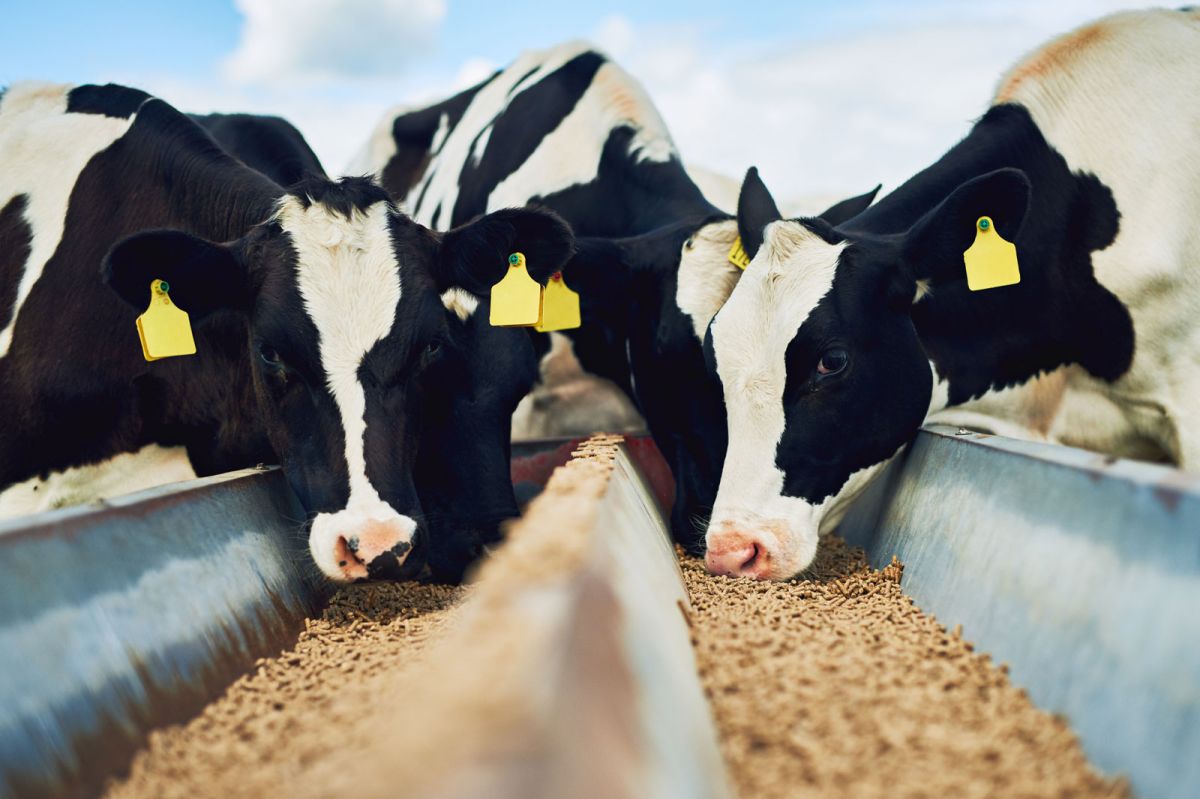Teagasc receives €500k funding for cattle-handling simulators

Cattle have been involved in almost one fifth of farm fatalities over the past decade and data from the Teagasc National Farm Survey show that there are approximately 4,500 non-fatal incidents each year on Irish farms, with just over half of these involving livestock.
“Improving farmer health, safety and wellbeing is a priority for me, and the training of students on handling livestock safely presents a particular challenge due to the need for close contact with animals that can become stressed, particularly large animals,” said Minister Heydon, who has responsibility for farm safety.
“This investment of €500,000 in 11 bovine calving simulators and 11 bovine injecting simulators will give students the best opportunity to develop their livestock-handling skills early in their career”.
The use of bovine simulators has been shown to be an effective training tool when handling large animals. Through simulator use, conditions are created or replicated to resemble real-life situations.
“With live-animal training, students have limited opportunities to perform a procedure and learn the required competency. However, with bovine simulators, every student can practice cow calving and injecting skills in a safe environment until they are proficient and confident to progress to training on live animals. This investment will yield dividends not only for safer livestock handling but also the quality of training available at our education centres,” he said.
The simulators will be used at agricultural colleges and Teagasc livestock research centres and will be available to students completing courses at the colleges and also to students at the universities and technological universities who use the college facilities for practical learning. The simulators are expected to be in use for the coming academic year.
Welcoming the announcement, Teagasc director Professor Frank O’Mara said: “The training of today’s agriculture students is the pathway to making Irish farms safer places to work and live in the future. Using modern technologies to improve the health and safety training of these students is an innovative way of equipping the farmers of tomorrow with the skills to carry out routine tasks with livestock in as safer way.”
Teagasc head of education, Dr Anne-Marie Butler said: “The use of simulators in our learning environments facilitate the application of health and safety training into active hands on practice which is invaluable. In excess of 5,000 learners per annum will benefit from these new simulators across our full time, part time and distance courses.”




